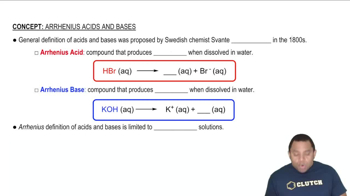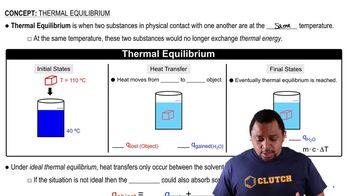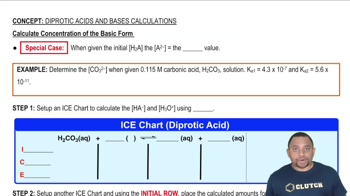Textbook Question
Calculate the [H3O+] and pH of each polyprotic acid solution.
a. 0.125 M H2CO3

 Verified step by step guidance
Verified step by step guidance



Calculate the [H3O+] and pH of each polyprotic acid solution.
a. 0.125 M H2CO3
Calculate the [H3O+] and pH of each polyprotic acid solution.
b. 0.125 M H3C6H5O7
Calculate the [H3O+] and pH of each H2SO4 solution. At approximately what concentration does the x is small approximation break down?
a. 0.50 M b. 0.10 M c. 0.050 M
Consider a 0.10 M solution of a weak polyprotic acid (H2A) with the possible values of Ka1 and Ka2 given here.
a. Ka1 = 1.0 × 10–4; Ka2 = 5.0 × 10–5
Calculate the contributions to [H3O+] from each ionization step. At what point can the contribution of the second step be neglected?